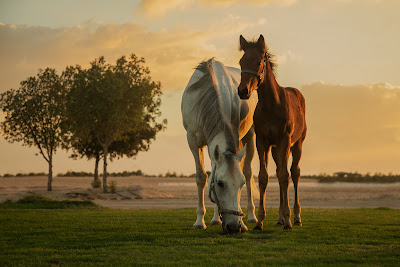By
Shevlin Sebastian
Photo of André Luetzen by Albin Mathew. The others are by André Luetzen
When
German photographer André Luetzen saw a man on the street at Fort
Kochi, a desire arose in him to take a picture. He approached him
asking permission but the man shook his head sideways. So André
walked away. But the man called him back. And the photo was taken. “I
did not know that when people shook their heads sideways, it is a
yes,” he says. “In Germany, it means a no. So, that was
interesting.”
André
was in Kochi recently for the inauguration of his exhibition, 'Living
Climate: A Tale of Three Cities' at the Uru Gallery at Mattancherry
(it concludes on February 28). It is an exhibition of photographs
which focuses on three cities with very different weather conditions:
Kochi, Arkhangelsk in North-West Russia and Khartoum in Sudan.
Wet
Fort Kochi
Around
a couple of years ago, André had come to Kochi to take photos during
the monsoon. And it turned out to be a surprise for him. “I had
expected it to rain for days together,” he says. “But, usually,
it rained an hour, followed by a gap of several hours, before it
rained again. The locals told me that the weather had changed.”
Interestingly,
André focused not only on the street but inside homes too. One day,
he knocked on a door. A middle-aged woman opened it. Through his
translator, Andre asked whether he could come in. She agreed. As soon
as he entered André noticed a grey-haired man lying bare-bodied on a
wooden bed. He got up. But André asked him to lie down. And he took
a shot where the woman is sitting on a chair behind the man. It
perfectly captures the narrow room and the damp walls, and the lack
of space is shown by two sarees and a blouse hanging from a
clothesline going right across the room.
In
Kochi, when it is not raining, it can get oppressively humid. And in
another photo, André has shown a young, bare-bodied boy lying on a
bed, in deep sleep, near an open window, with a table fan placed
right on the edge of the bed, so that he can get the best breeze.
There are also shots of waterlogged rooms, a Superman poster
juxtaposed next to a black umbrella, which is hanging on a nail on
the wall; a young woman leaning despondently against a wet wall, and
a wooded area, which has small pools of water. The leaves on the
trees are a shimmering green thanks to the rain, while the ground is
covered with twigs and branches, all fallen because of fierce winds
during a storm.
The
coldest North
When
André arrived in Arkhangelsk (northern Russia) in March, 2013, the
cold knocked him out. “It was minus 20 degrees,” he says. “The
winter lasts five months. It is very difficult to move outside. So,
the people spend a lot of time indoors. So I took shots of interiors.
But I also needed pictures from the outside to show what winter is
like in a small Russian city.”
Not
surprisingly, there is a shot, taken at dawn or twilight, of a man
standing on a wooden bridge and right under it and all over the
landscape are thick snow and ice. At a distance, a street light emits
a bit of light. There are shots of bare trees with no leaves on them,
and small patches of water next to areas of snow outside buildings.
There is a photo of a bored-looking elderly couple, the woman lying
down, her husband sitting next to her, on a worn-out sofa with a
large carpet as a backdrop. In another photo, a middle-aged woman
wearing a green apron with black leggings sits on a chair in a room
and is relishing the sunlight that is streaming in through the window
and lighting up her face.
Hot
Khartoum
Khartoum,
the capital of Sudan, in complete contrast to Arkhangelsk, is one of
the hottest places on the planet with temperatures reaching 50
degrees Centigrade. There is a shot of a man, in a white gown,
wearing a black fez cap, who is walking beside a wall, which is half
lit up because of the strong sunlight. There are shadows of two
chimneys on it. And there are several interior shots which show that
the houses, some with high ceilings, look cool, in contrast to the
heat outside.
“In
Khartoum initially, it was difficult to get access to houses and
other private spaces,” says André. “But once the people accepted
you, they were warm and friendly.”
What
is most amazing about all the photographs in the exhibition is that
they have been taken with an analog camera: a Mamiya 711. “You have
ten images on a film roll,” he says. “Working in analog needs
more imagination than digital. Somehow, the photo is of a different
quality. It seems to have more life.”
Finally,
when asked about climate change, André says, “I am sure it is
taking place. It has always been taking place for millions of years.
But now, it is clear that we are the cause of it and it is speeding
up. There could be a big disaster ahead.”
(The
New Indian Express, Kochi, Thiruvananthapuram and Kozhikode)






















